
Far from the raucousness of the campaign trail and the urgency of the 24-hour news cycles of punditry on cable networks are the actual places where we vote on Election Day. They tend to be much less dramatic, taking place in public schools, churches and other odd spaces throughout the country.
Since 2004, the Nashville-born photographer Greg Miller has covered six elections — three presidential and three midterm — using his 8×10 view camera. “It’s a little bit like going to church,” says Miller. “Imagine I went into a church and somebody was going for confession. They go behind the curtain and what they do there is their business. That quiet library-like atmosphere is our democracy at work.”
For Miller, the whole process was built by the Founding Fathers to favor regime change without having to resort to a coup d’état. “There’s no bloodbath. We don’t have to, like, kill the King. We don’t have to topple the government. All we have to do is chill out, vote quietly and accept the outcome.”
Miller’s photographs highlight individuals voting and the people making sure that the entire process runs smoothly. “At each polling place you have the poll inspectors,” he tells TIME. “There’s a Democratic and a Republican representative to watch for irregularities and mind the process. If there’s an issue they work it out.”
Miller’s background as a street photographer has led him to search for a common thread in all of his work, which, he says, is influenced by the author and Catholic mystic Thomas Merton. “He realized that all these people are connected,” says Miller. “He has a beautiful quote where he says ‘and then I saw the secret beauty in their hearts.’ Merton could have been a street photographer because he saw the connectedness of everybody.”
In Miller’s work, that’s translated in how he unifies all of his subjects irrespective of their party affiliations. “When you go to the grocery store, or you vote, or you go to the library or you’re just around your town, you’re dealing with Republicans and Democrats constantly — you just don’t know it. I wish our differences weren’t exacerbated the way they are on the nightly news.”
Miller is particularly miffed by the networks’ ability to undermine the entire election process through their frivolous coverage. “The worst thing that could happen to us is that we’re disillusioned and we don’t feel like it matters,” he says. That’s why the photographer has chosen a slow, analog process for his work. “I learned that in 2004,” he says, “because I thought my pictures were going to matter the day after … but nobody cares. So now I’m shooting this body of work so that it says something else: If you’re standing in one place and you make a picture on the same day, in that same place, for 10 years, you’ve created a history of that place. After six years, I’ve created a history of voting.”
Greg Miller is an award-winning photographer living in Connecticut. See more of his work here and follow him on Instagram here.
Paul Moakley is the Deputy Director of Photography at TIME and you can follow him on Twitter here.


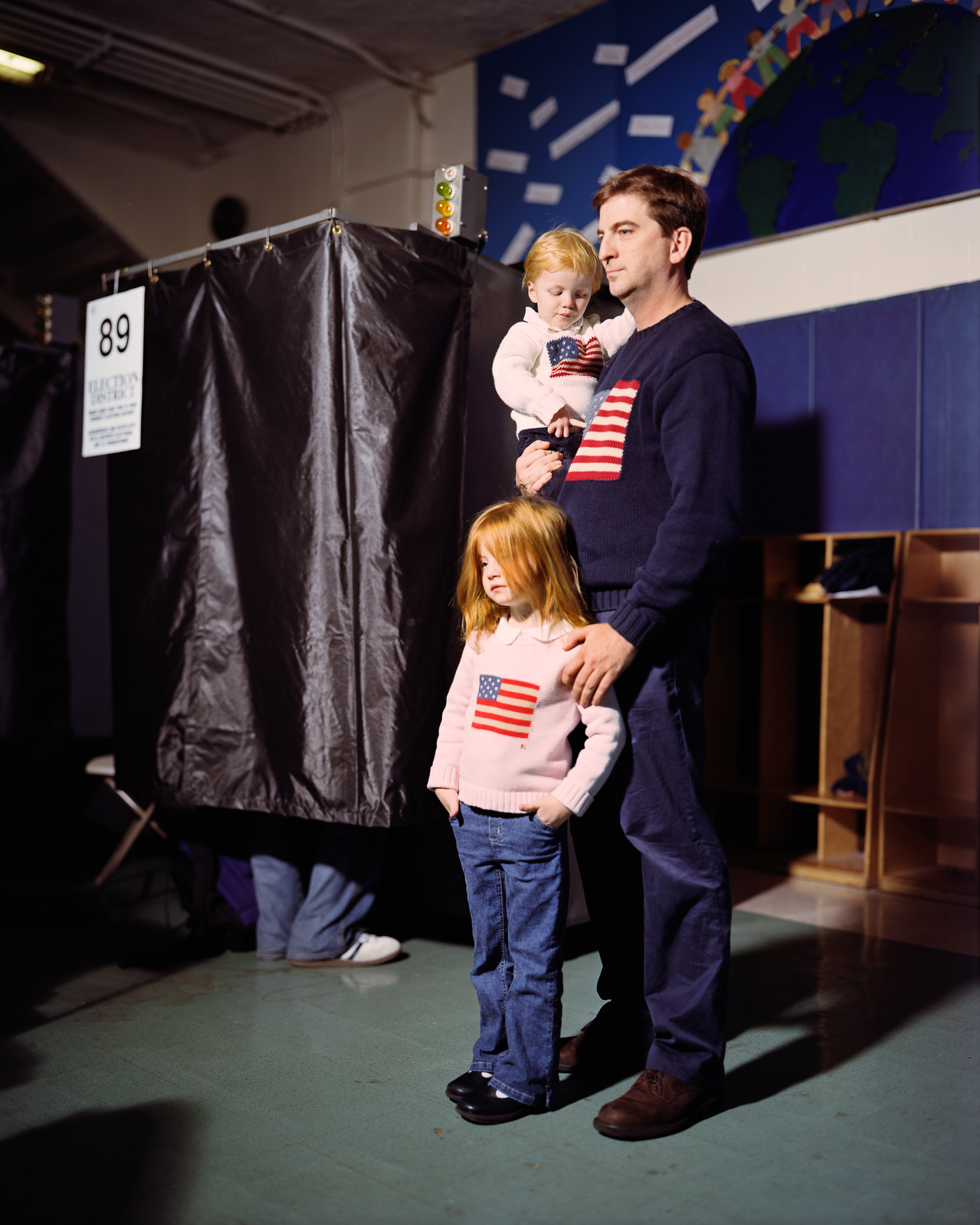
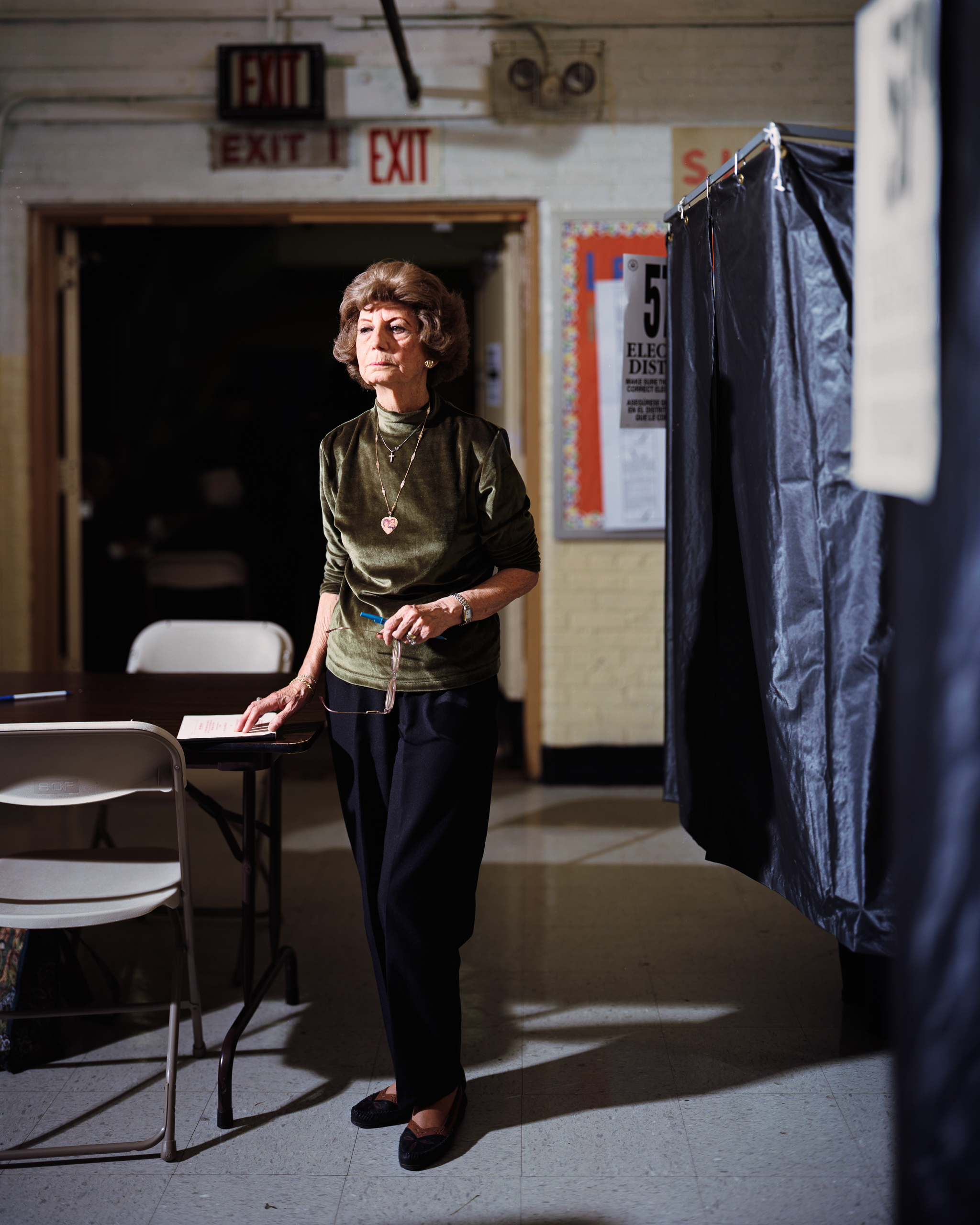
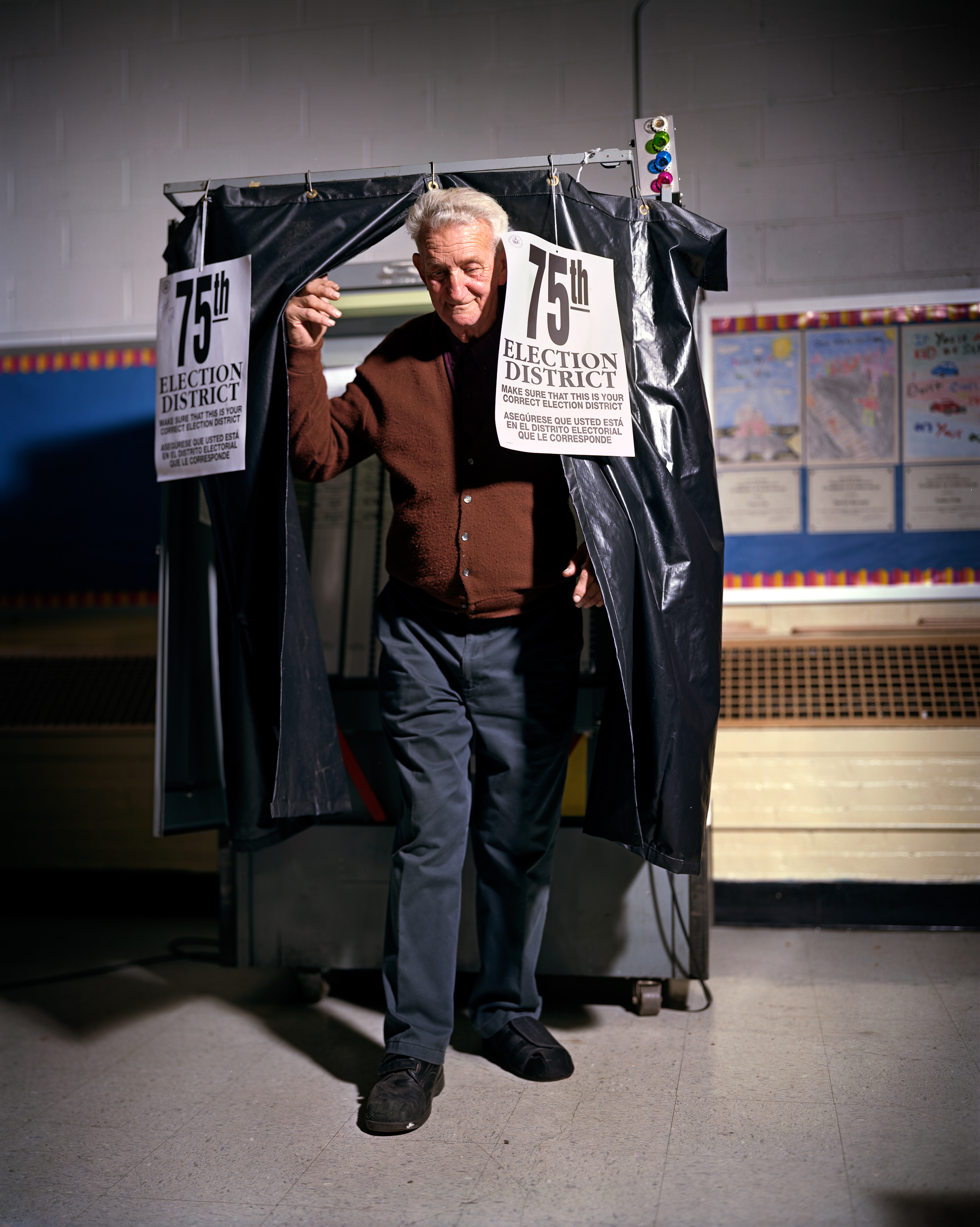

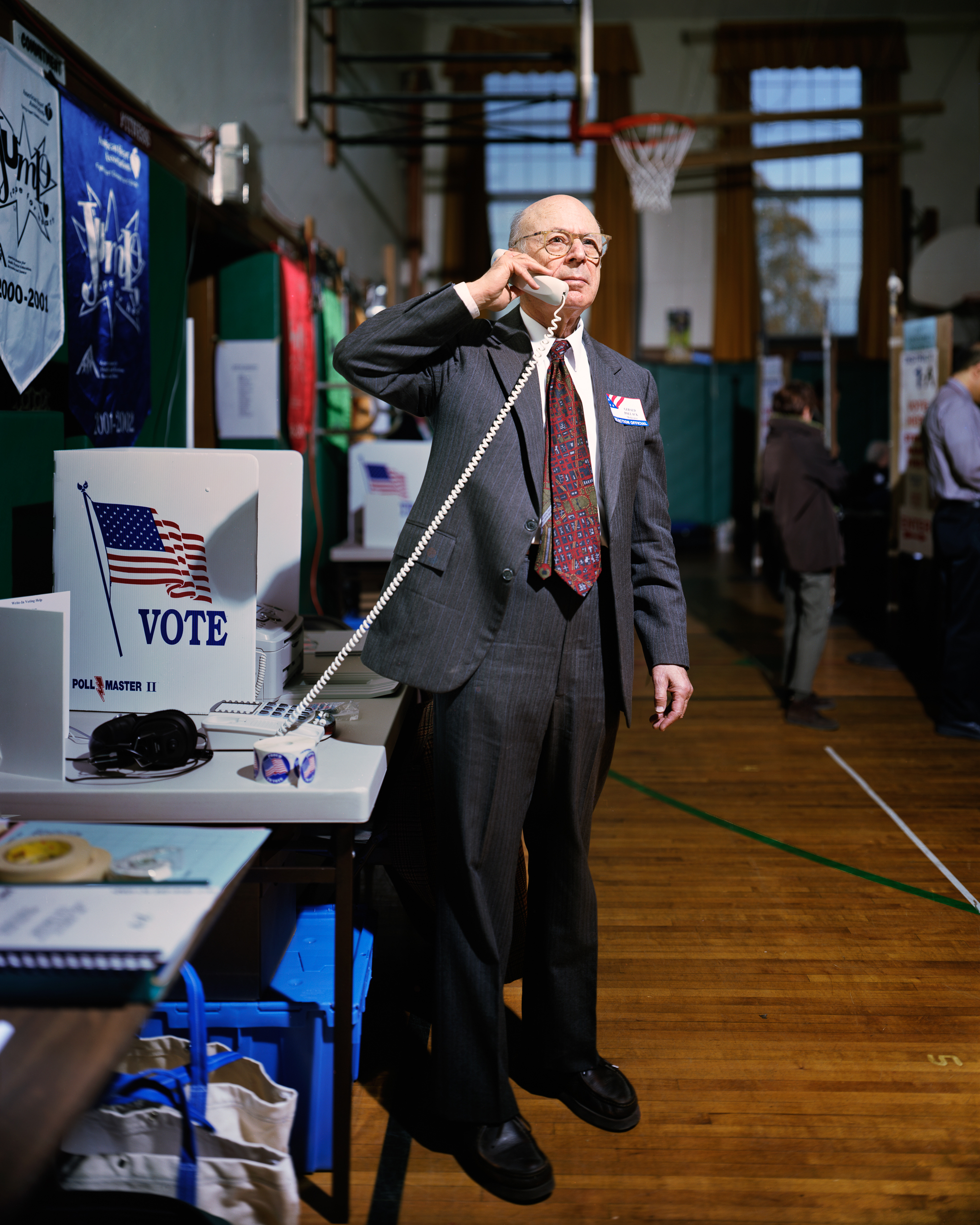
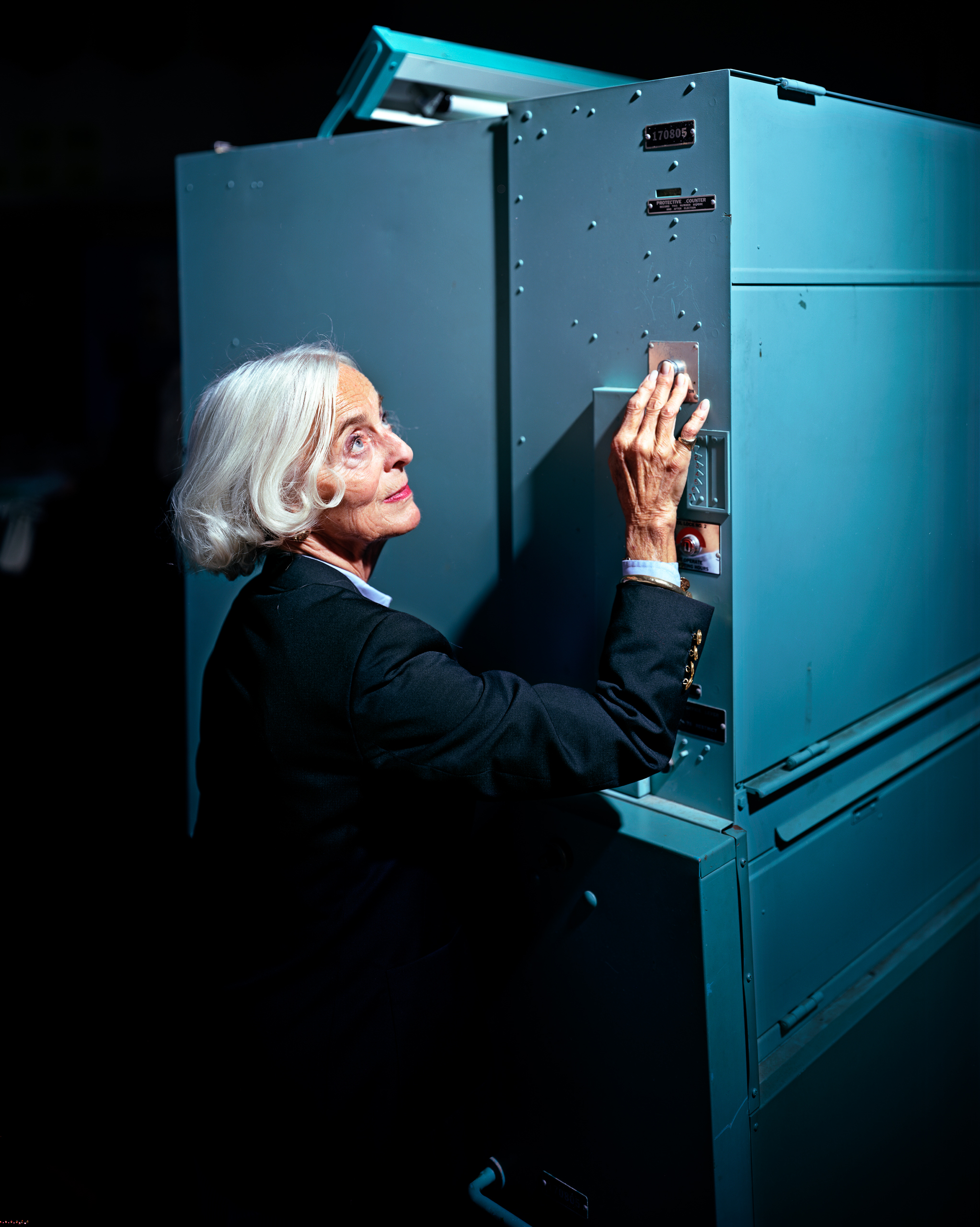
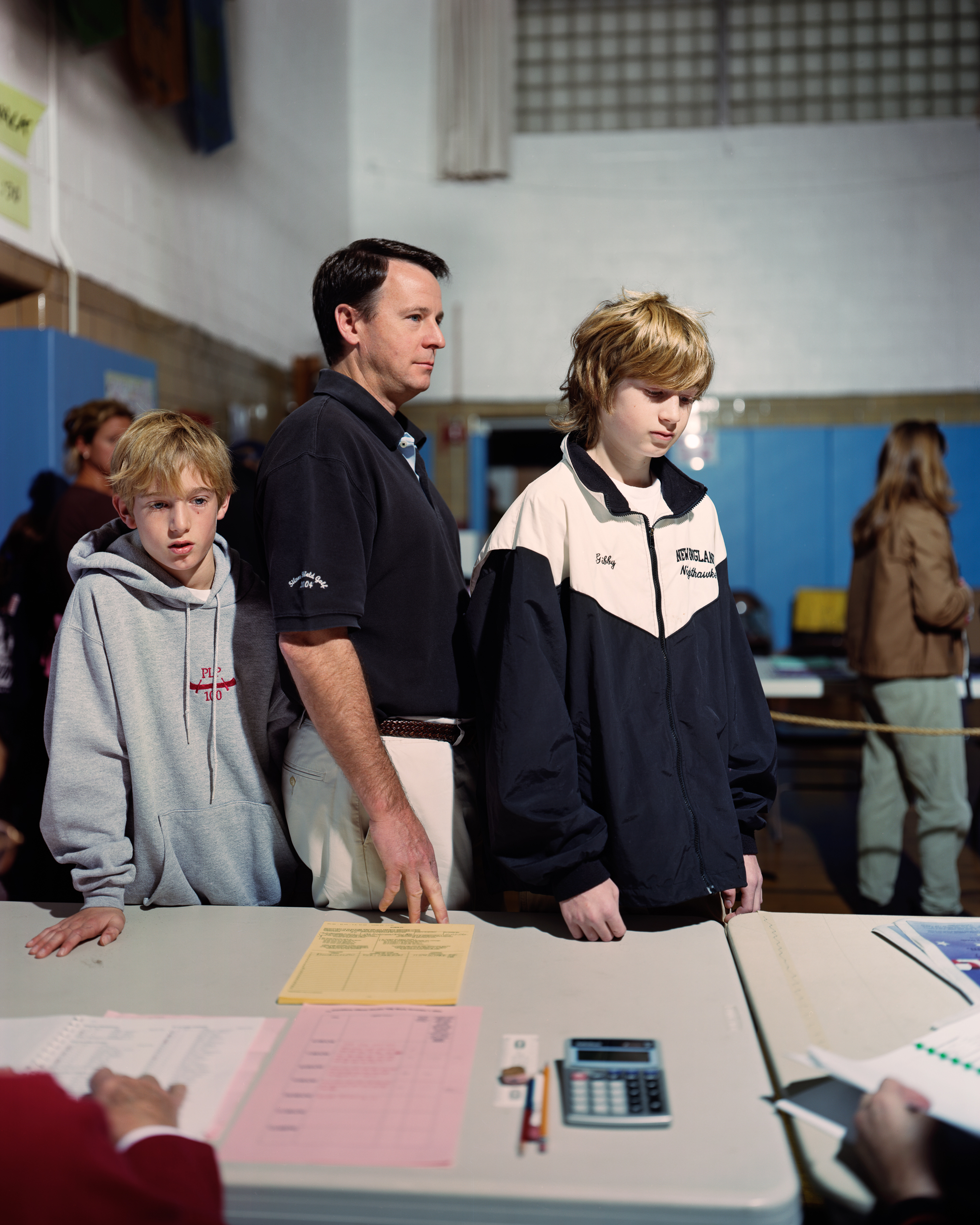

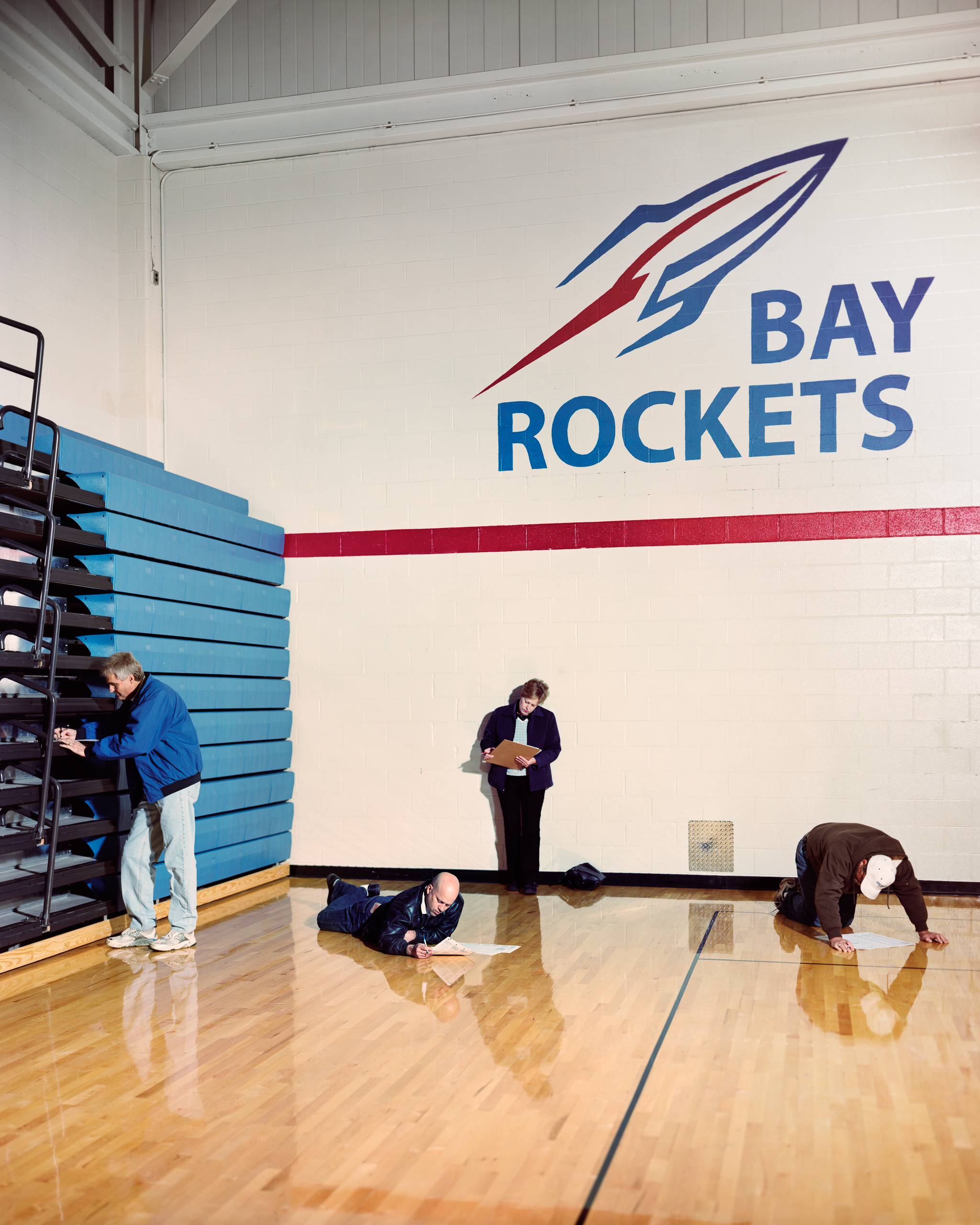
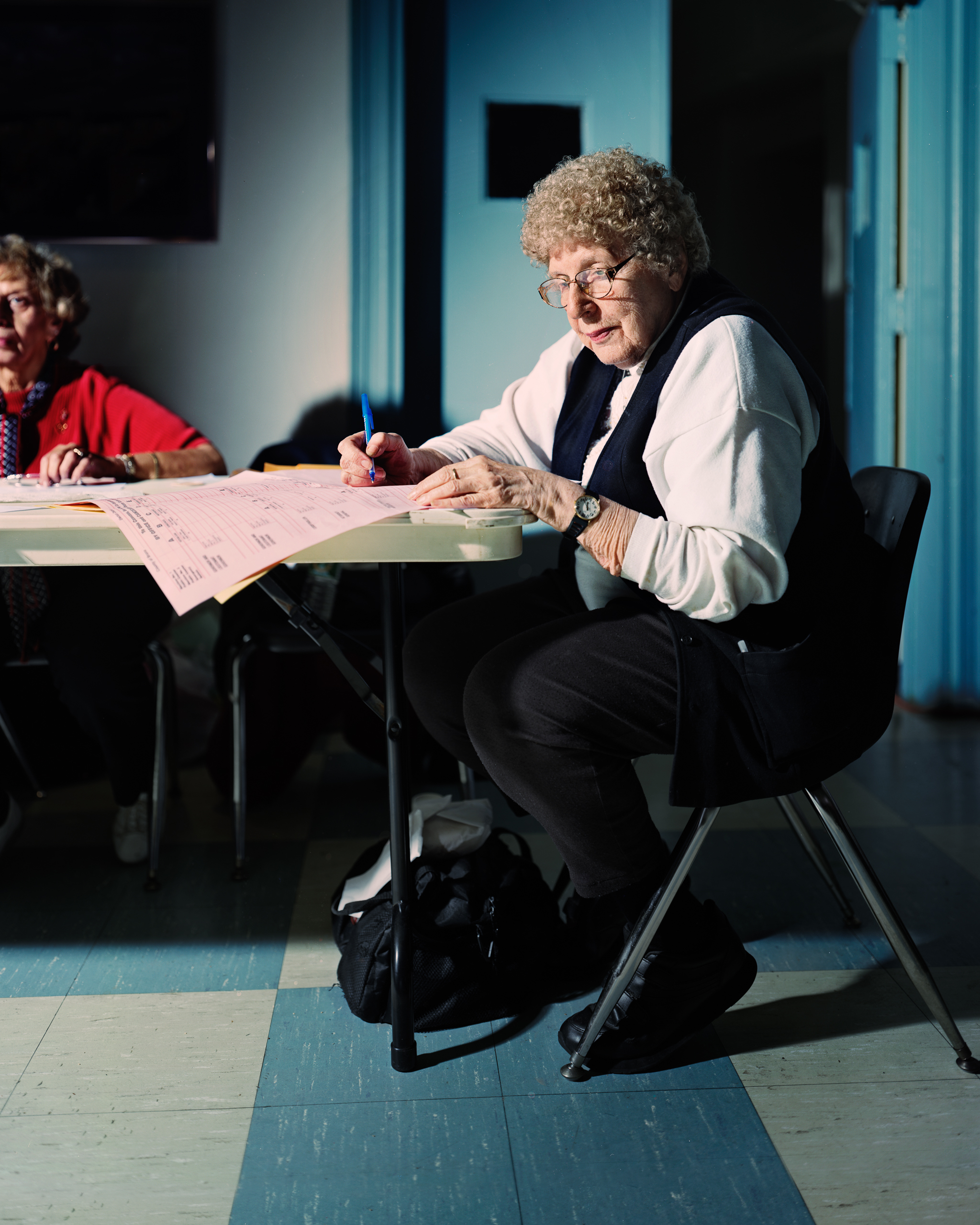

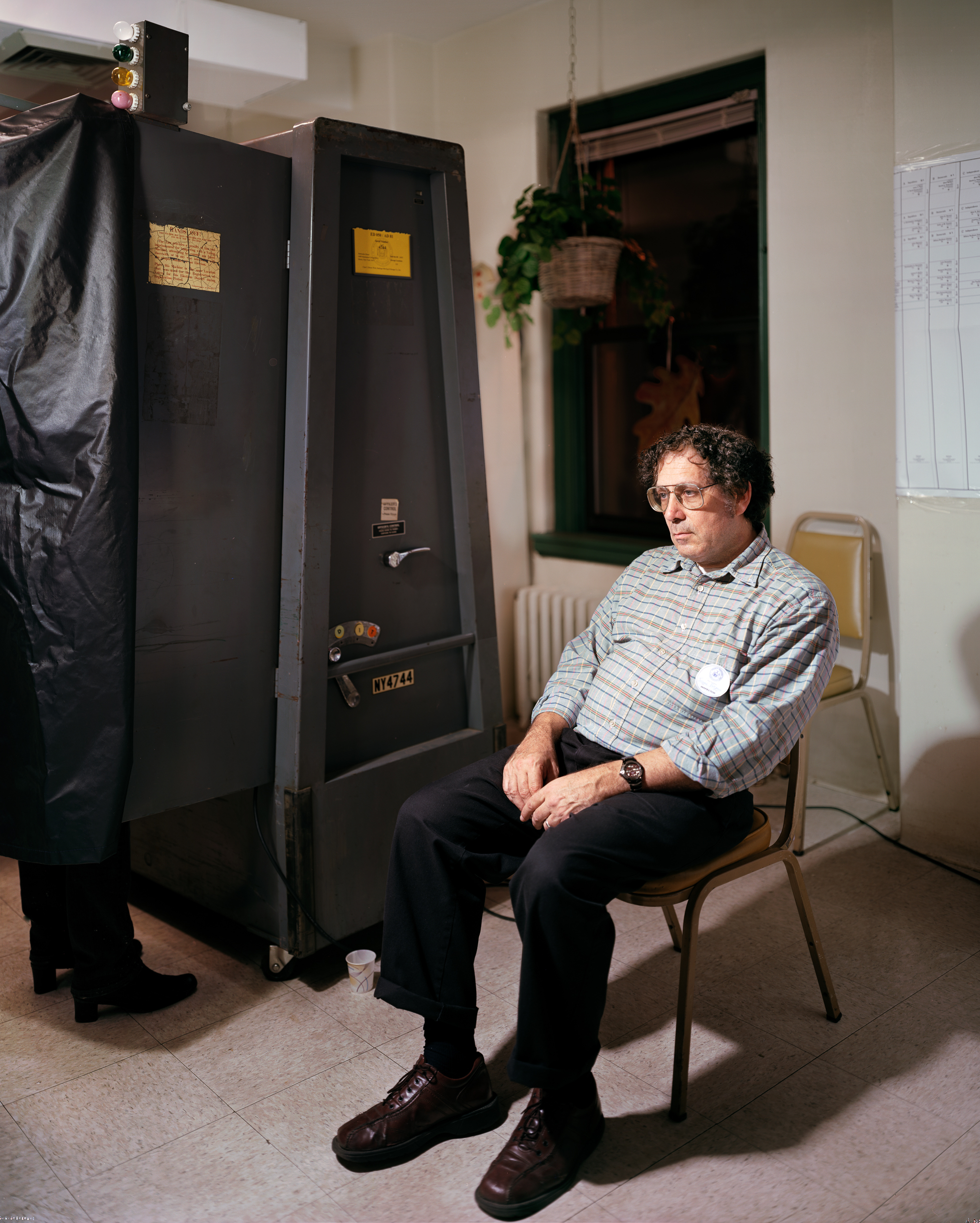
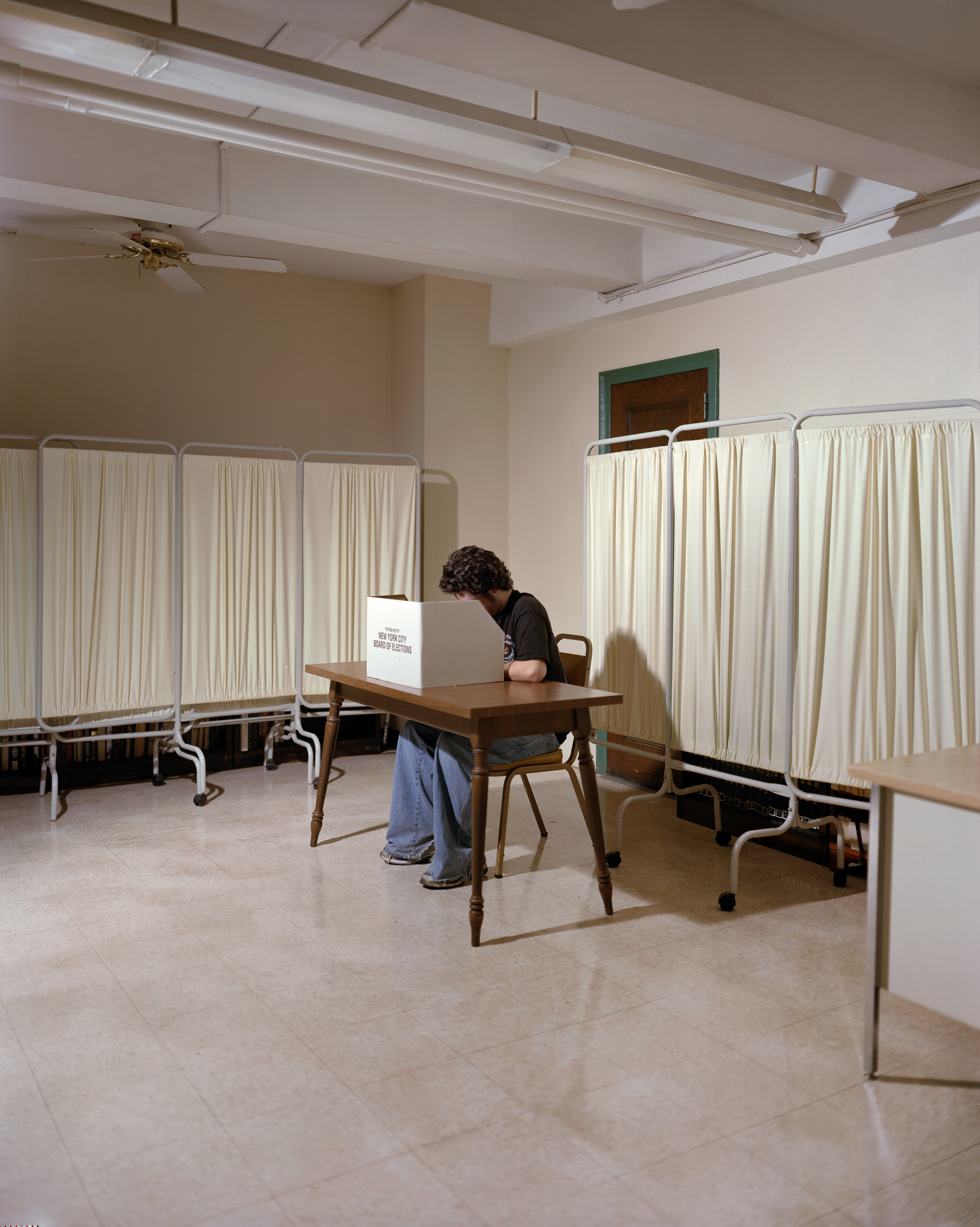

More Must-Reads from TIME
- Donald Trump Is TIME's 2024 Person of the Year
- Why We Chose Trump as Person of the Year
- Is Intermittent Fasting Good or Bad for You?
- The 100 Must-Read Books of 2024
- The 20 Best Christmas TV Episodes
- Column: If Optimism Feels Ridiculous Now, Try Hope
- The Future of Climate Action Is Trade Policy
- Merle Bombardieri Is Helping People Make the Baby Decision
Contact us at letters@time.com